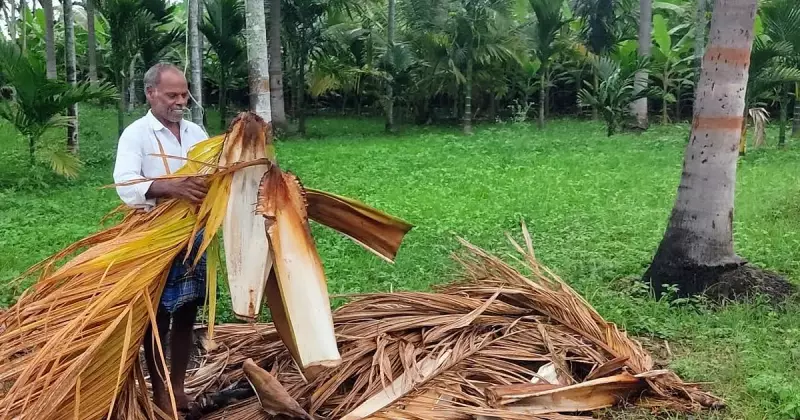
In a remarkable display of innovation and sustainability, entrepreneurs and artisans across Karnataka are finding valuable uses for every part of the areca palm, transforming what was once considered agricultural waste into high-value products.
The Areca Revolution Beyond Betel Nut
While the areca nut has traditionally been the primary commercial product of the areca palm, creative minds are now exploring the potential of other parts of the plant. Entrepreneurs are developing everything from footwear and handbags to diaries and purses using areca leaf sheaths and byproducts, creating new economic opportunities while promoting environmental sustainability.
The movement represents a significant shift in how we view agricultural resources. Rather than discarding the leaves, husks, sap, and timber of the areca palm, innovators are finding practical applications that reduce waste and create additional revenue streams for farmers and artisans alike.
Vegan Leather and Sustainable Fashion
One of the most exciting developments comes in the form of vegan leather made from areca leaf sheaths. This innovative material is being transformed into stylish handbags, purses, and footwear that appeal to environmentally conscious consumers.
The process involves collecting the leaf sheaths that naturally fall from the palm trees, treating them through specialized techniques, and creating durable, attractive materials that rival traditional leather in quality and appearance. This approach not only reduces agricultural waste but also provides a cruelty-free alternative to animal leather.
Multiple Products from Single Source
The versatility of the areca palm continues to surprise researchers and entrepreneurs. Beyond the fashion applications, artisans are creating diaries and various other products from different parts of the plant, demonstrating that virtually every component can find practical use.
This comprehensive utilization approach marks a significant advancement in sustainable agriculture and circular economy principles. By finding value in what was previously discarded, these innovators are creating a model that could be replicated with other agricultural crops across India.
The developments documented by Dhanyata M Poovaiah and published on November 13, 2025, highlight how traditional crops can find new life through innovation and creativity, potentially transforming rural economies while addressing environmental concerns.





